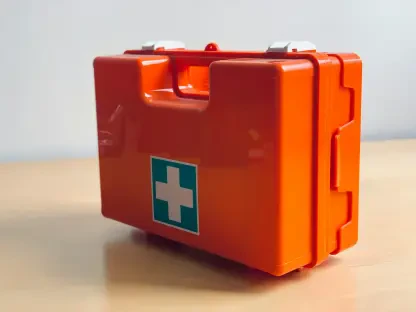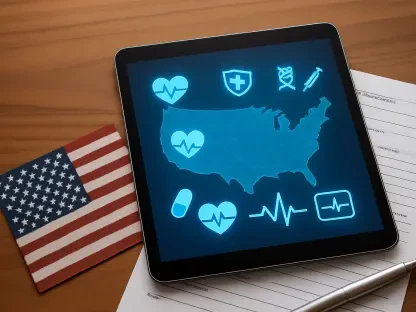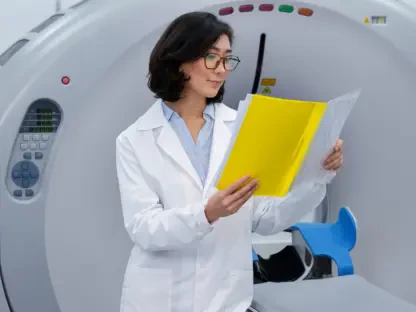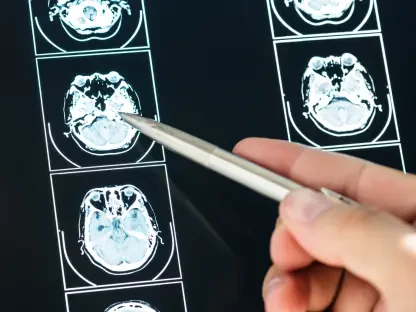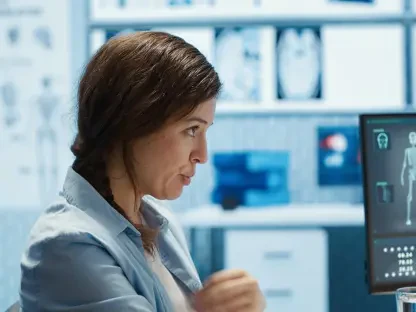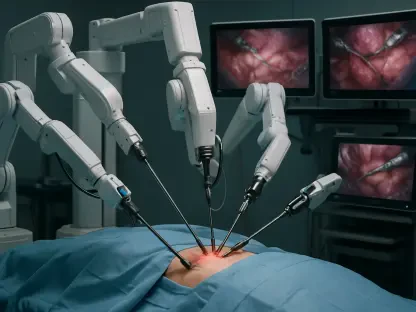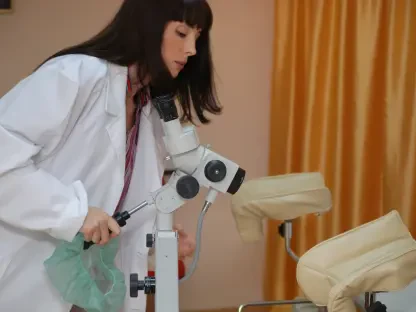In recent years, the medical field has seen significant advancements with the integration of technology, particularly artificial intelligence (AI) and robotics. One of the most promising areas of development is the use of AI and robotic systems to revolutionize CT-guided biopsy procedures. Traditional biopsy techniques rely heavily on the skill and experience of the operator to precisely guide the needle to the target tissue. This process can often be time-consuming and prone to errors, potentially leading to complications such as tissue damage or even missed lesions. However, with the advent of AI-based needle guidance, these challenges are being addressed with unprecedented precision and efficiency.
A study published in the Journal of Vascular and Interventional Radiology showcased a cutting-edge approach where a combination of AI and robotic systems was used to streamline lesion detection and path planning. This method significantly reduced puncture times compared to traditional freehand techniques, which often demand a high level of user proficiency to achieve accuracy. The study involved a phantom model, utilizing advanced CT imaging and AI-driven lesion detection software to meticulously plan needle trajectories. By comparing robot-assisted and manual needle insertions carried out by interventional radiologists with varying degrees of experience, the results underscored the remarkable potential of AI-guided systems.
Enhancing Precision and Efficiency
The research demonstrated that AI-guided systems could accurately identify all phantom lesions and generate optimal needle paths, ensuring highly precise insertions. One of the most striking outcomes was the substantial reduction in insertion time when using AI and robotic assistance. Robot-assisted insertions averaged just 17.3 ± 7.8 seconds, a stark contrast to the 78.6 ± 38.1 seconds required for manual insertions. This significant decrease in time not only enhances procedure efficiency but also minimizes patient risks. Reducing time under radiation exposure subsequently diminishes the risk of complications such as pneumothorax and other tissue damages due to unanticipated movements during the procedure.
Moreover, robot-assisted needle insertions exhibited markedly lower depth deviations than the freehand approach, emphasizing the precision that AI and robotics bring to biopsy procedures. It is worth noting, however, that lateral deviations were comparable between the two methods. Another aspect for consideration in clinical settings is the additional setup time required for the robotic system, estimated to be around 20 minutes. This initial time investment is a trade-off for the enhanced accuracy and safety the system provides, and departments would need to weigh this factor when incorporating such advanced technologies into their workflows.
Broader Implications for Interventional Radiology
The integration of AI and robotics into CT-guided biopsy procedures holds broader implications for the field of interventional radiology. The remarkable precision and efficiency brought about by AI-guided systems can potentially transform various aspects of medical practice, improving patient outcomes and optimizing procedural workflows. As these technologies continue to evolve, their adoption is likely to expand, offering new possibilities for advanced diagnostics and minimally invasive interventions. The future of interventional radiology may see a greater reliance on AI and robotics to enhance patient care and drive innovation in the medical field.


